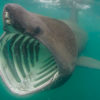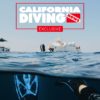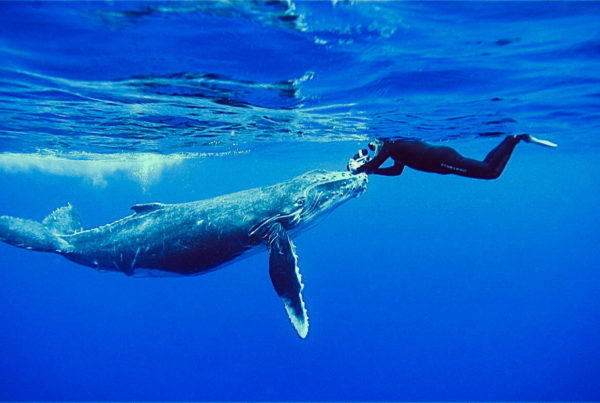Kelp is what makes diving in California truly special. California divers get the unique experience of floating through a magical forest full of enchanting creatures. This is something you simply must bring home to friends and family in photos to share. And you will want them for yourself to remind you of where you have been and will want to go again.
There are a myriad of photo opportunities in this unique environment. There are almost as many challenges. Capturing the special images available here require special techniques, as well as meticulous attention to underwater photography fundamentals.
KELP’S EFFECT ON LIGHT
Kelp, a plant, lives on light, reaching to the surface for the sun. This plant has some interesting principles that awareness of will help you in your underwater photos. First, kelp fronds (“leaves”) are translucent. Light passes through them. As such, kelp not just blocks light, it filters it. It will make the light under it not only less but also more greenish yellow. Artificial light is a must.
WIDE ANGLE
Wide-angle photography in a kelp forest is the area with the most potential rewards and pitfalls. Look first up into the canopy itself where the sun streams through the long strands of kelp. Beams of light will dance and beg to be used as background for garibaldi and other fish shots. To capture the beams, exposure is critical, especially with digital cameras where overexposure is much easier. Your best bet is to bracket a lot.
Areas with thinner kelp cover can also be challenging as the scene will have light and dark areas with profound contrasts. Expose for the light areas and fill with your strobes the dark areas.
MACRO
A whole host of critters make their homes in the kelp creating a lot of great photo opportunities. Look for snails, fish, and crabs. And the kelp itself can make for interesting studies in light and texture. The fun thing about smaller animals in the kelp is you can usually approach them from a variety of angles. Use this to your advantage, experimenting with many shots.
Perhaps the most effective technique you can use for macro photography in kelp is to pop the background in—deep emerald green, crystal blue, or a sunburst.
Kelp photography can be challenging with strong contrasts of light and dark in the same photo. Balancing exposure is critical to getting the subtle moods that exist profoundly in this “kelp cathedral.”











